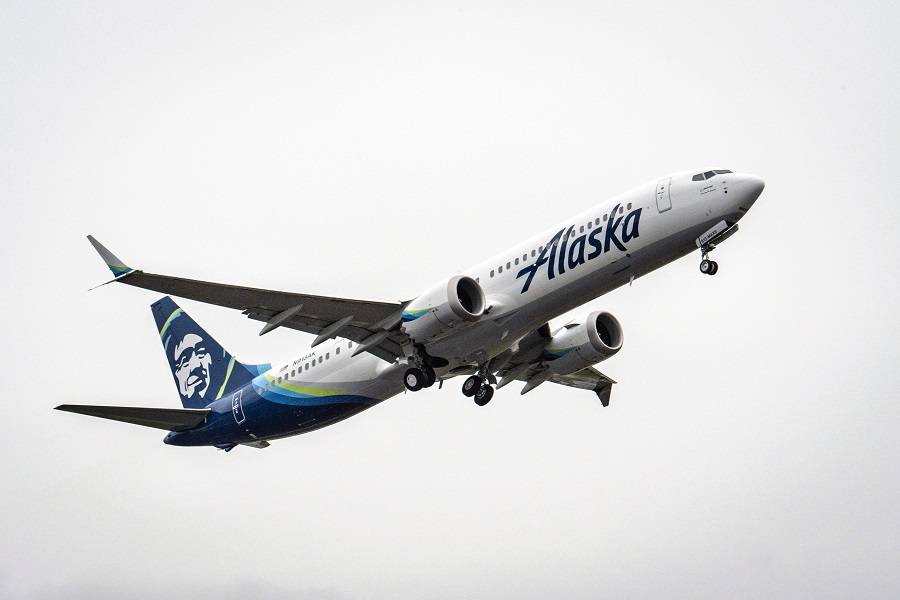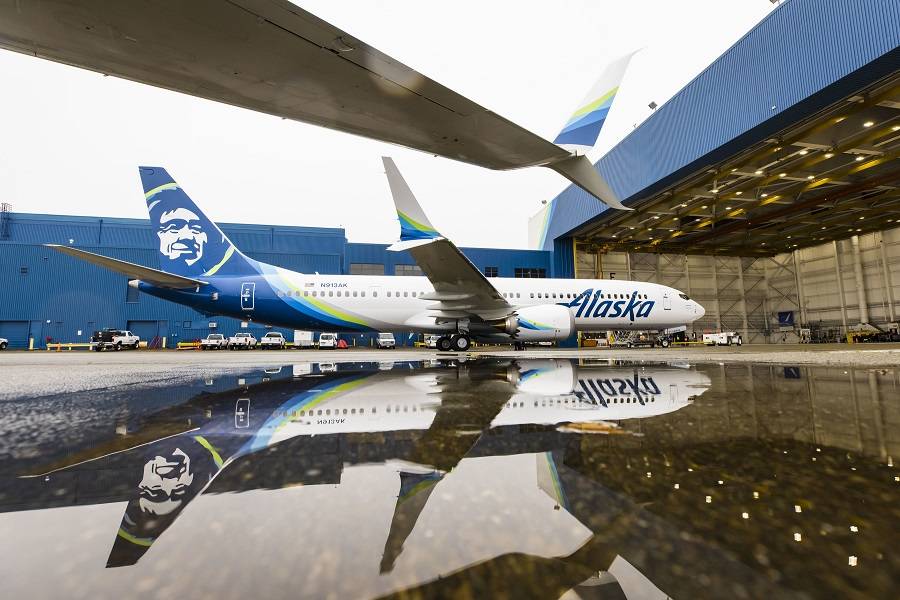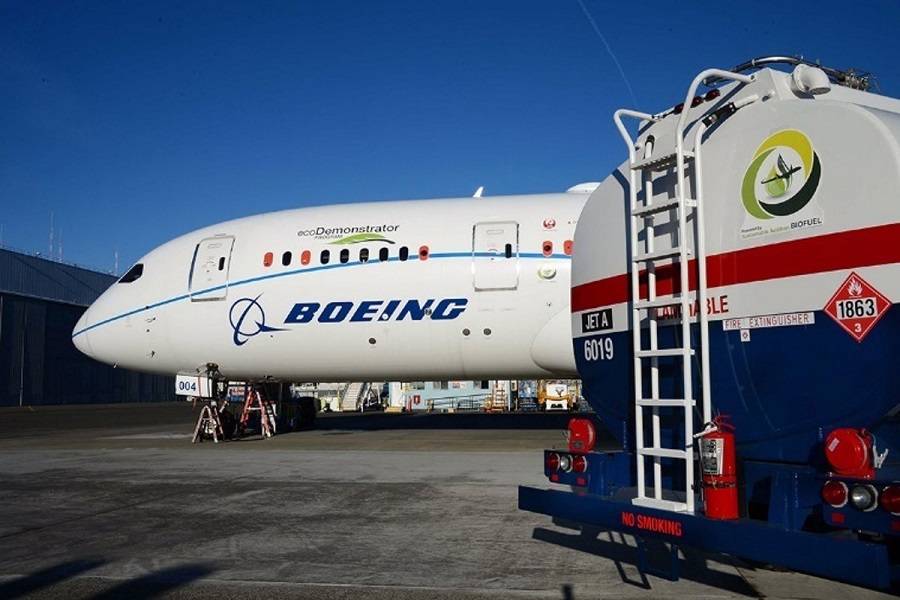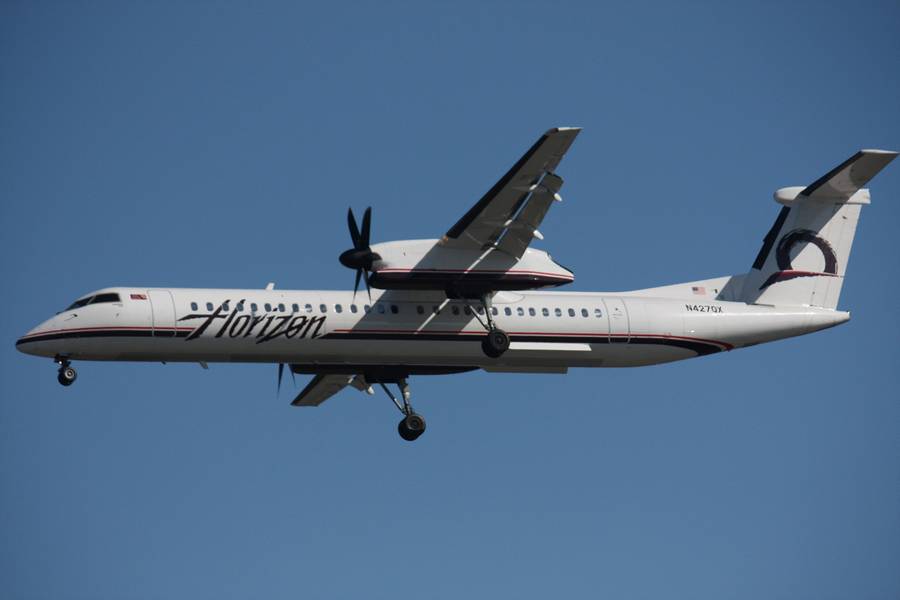Alaska Airlines outlined its goals for carbon, waste and water targets for 2025, and the way it plans to reach its net-zero goals by 2040.
It’s Earth Day today and airlines are taking the opportunity to outline their ways of reducing their environmental impact. Alaska Airlines was no exception, making some admissions about the viability of some methods, while examining net-zero alternatives. The airline is including Horizon Air, its regional subsidiary, in its overall planning.

Alaska’s Steps To Net-Zero Carbon Emissions
Alaska Airlines’ overall 2040 strategy to reaching net-zero carbon emissions, has five focus areas.
Operational Efficiency
These are the little things: single-engine taxiing whenever possible, use of preconditioned air at airports, or more environmentally conscious packaging. But it is also about more effective moves, like machine learning technology to plan optimized routes. There are a lot of possible gains in this area, that are just coming of age thanks to datalink advancements. Alaska and others know that working towards net-zero emissions, while forcing jets into lengthy holding patterns, is counterproductive.

Fleet Renewal
On the road to net-zero emissions, Alaska has ordered and already began taking delivery of new Boeing 737 MAX aircraft. In total, they have 68 firm orders and 52 options. Compared to the previous ‘NG’ models, these jets are 14-15% more efficient. This is in itself an enormous advancement. Boeing claims that jets now burn 70% less fuel than the first jetliners in the late 1950s and early 60s.
Alaska’s Thoughts On SAF And Net-Zero Targets
We have looked at SAF several times. It is a promising field, and as we saw Boeing has committed to making its aircraft capable of burning 100% SAF operationally. Tests with 100% SAF flights have taken place, in the hands of both Boeing and more recently Airbus. However, there is some work to do, for the technology to gain authority approval. SAF is a potential net-zero solution, but Alaska considers it to be a bit of a questionmark.

Using SAF in aircraft isn’t a technical challenge on the engine and/or aircraft side. However it is a BIG challenge in terms of its supply chain and cost. Neste in California have made strides in its production, but even they expect it to remain much pricier than fossil aviation fuel. And scaling up its production to handle tens of thousands of aircraft, is still hard to imagine. Alaska considers SAF to be the most variable factor in its net-zero carbon plans.
Net-Zero From Novel Propulsion – For Alaska’s Horizon Air?
This is about all-electric or hydrogen designs. And when it comes to its net-zero carbon targets, Alaska mentions these designs in the same sentence as “regional flying”. We have seen arguments about the scope and scale of hydrogen before. While some very promising work is taking place in this field, it requires radically new designs, as well as supply-chain and storage challenges. All-electric has a much simpler supply-chain, but could well be confined to very small scales. And there are some doubts even for these sizes.

Carbon Offsetting
It comes in many shapes and sizes. Some forms of carbon offsetting seem credible, while others have the air of a marketing gimmick about them. In its net-zero carbon planning, Alaska refers to “Credible, high-quality carbon offsetting technology”. They also make it clear that this strategy is necessary “…until SAF and novel propulsion become viable and available at scale”.

The airline acknowledges that the aviation industry is one of the most difficult sectors to decarbonize. So Alaska’s net-zero carbon planning has to be both long-term and include meaningful intermediate targets. How many of the long-term targets depend on the airline, is an open question!
We have seen airlines funding various decarbonization projects. Alaska also believes that collaboration and government support is necessary, for the industry to meet its net-zero carbon targets.



